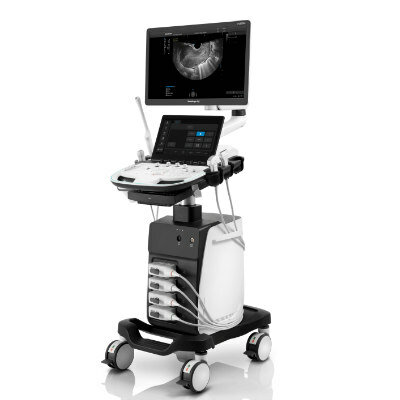Strong Compression During Mammography Screening May Be Unnecessary
By MedImaging International staff writers
Posted on 18 Oct 2016
A researcher in Sweden has found that strong breast compression during mammography screening may not be necessary for improved diagnosis of abnormal changes and tumors.Posted on 18 Oct 2016
Previous research has shown that some women decline to undergo regular mammography screening because of the pain from the compression plate that is used, and as a result many women have learned to detect breast cancer at home.
The researcher from Lund University (Lund, Sweden) measured pressure distribution on the breast during mammographic screening and found that compression could be reduced by half with minimal effect on pressure distribution on the central breast areas that are most important for cancer diagnosis.
The researcher used patient data from 20-150 participants from Skåne University Hospital (Lund and Malmö, Sweden) and demonstrated that flexible compression plates can reduce the pressure on stiff tissue close to the chest wall, but increase the pressure on the central areas of the breast.
Using compression plates with pressure sensors before taking the image could also improve measurements. The data from the sensors could help clinicians find potential tumors since tumors are stiffer than healthy breast tissue and fat.
Magnus Dustler, said, "Flexible plates therefore enable better image quality without increased compression force. One can also choose to be satisfied with existing image quality and in that case reduce the compression force and the pain. The results indicate that it could be possible to set a threshold value: women who exceed this threshold would undergo additional investigation. However, the method is not yet ready for clinical application. But the interest in our findings is increasing and I hope that they will be put to use."
Related Links:
Lund University
Skåne University Hospital














